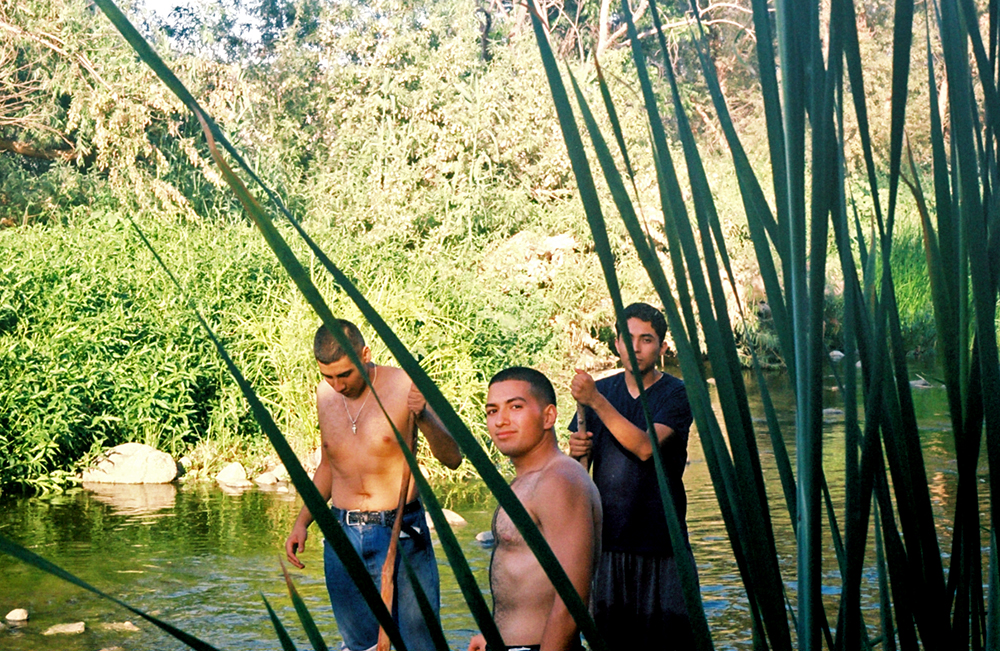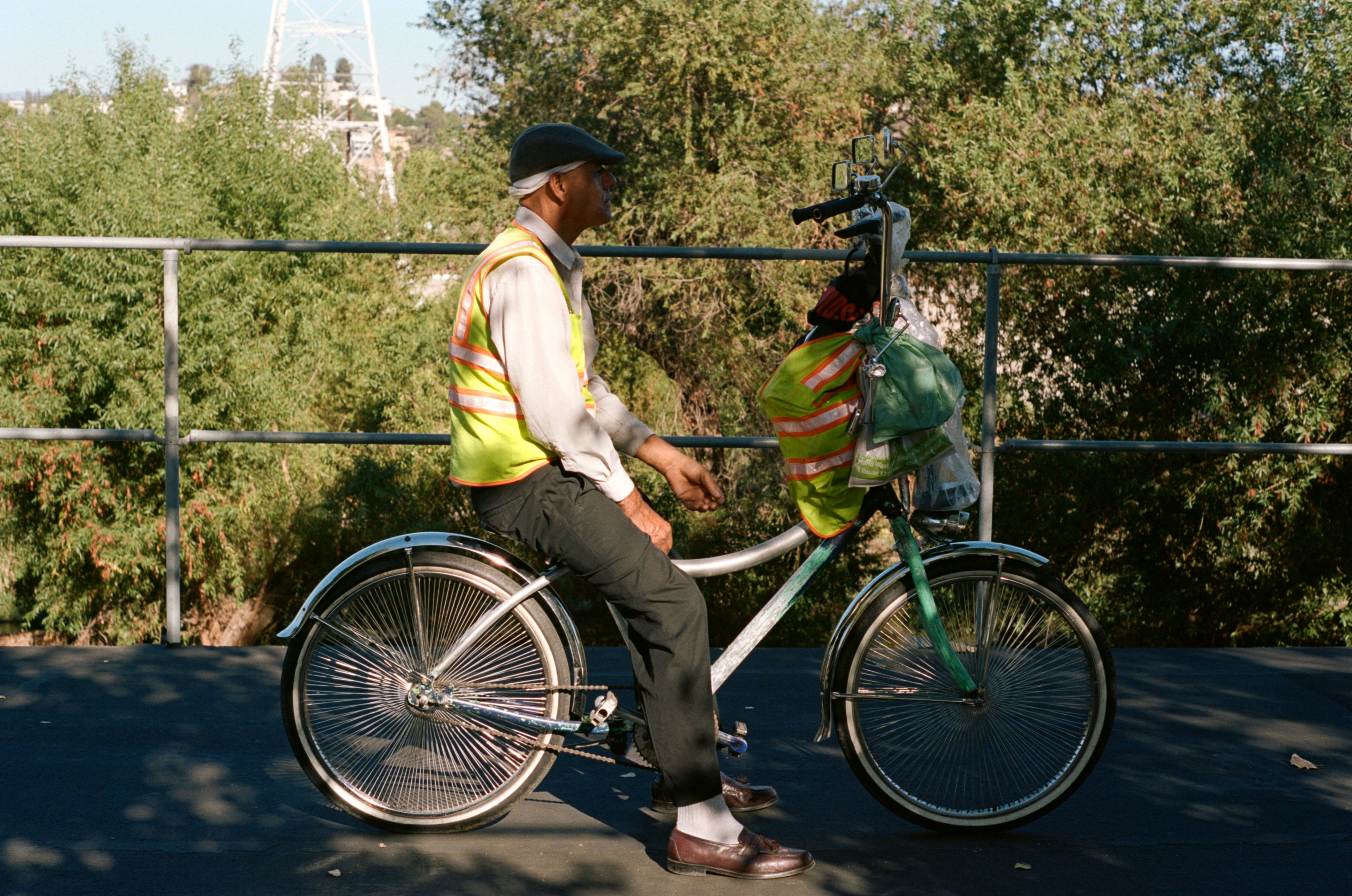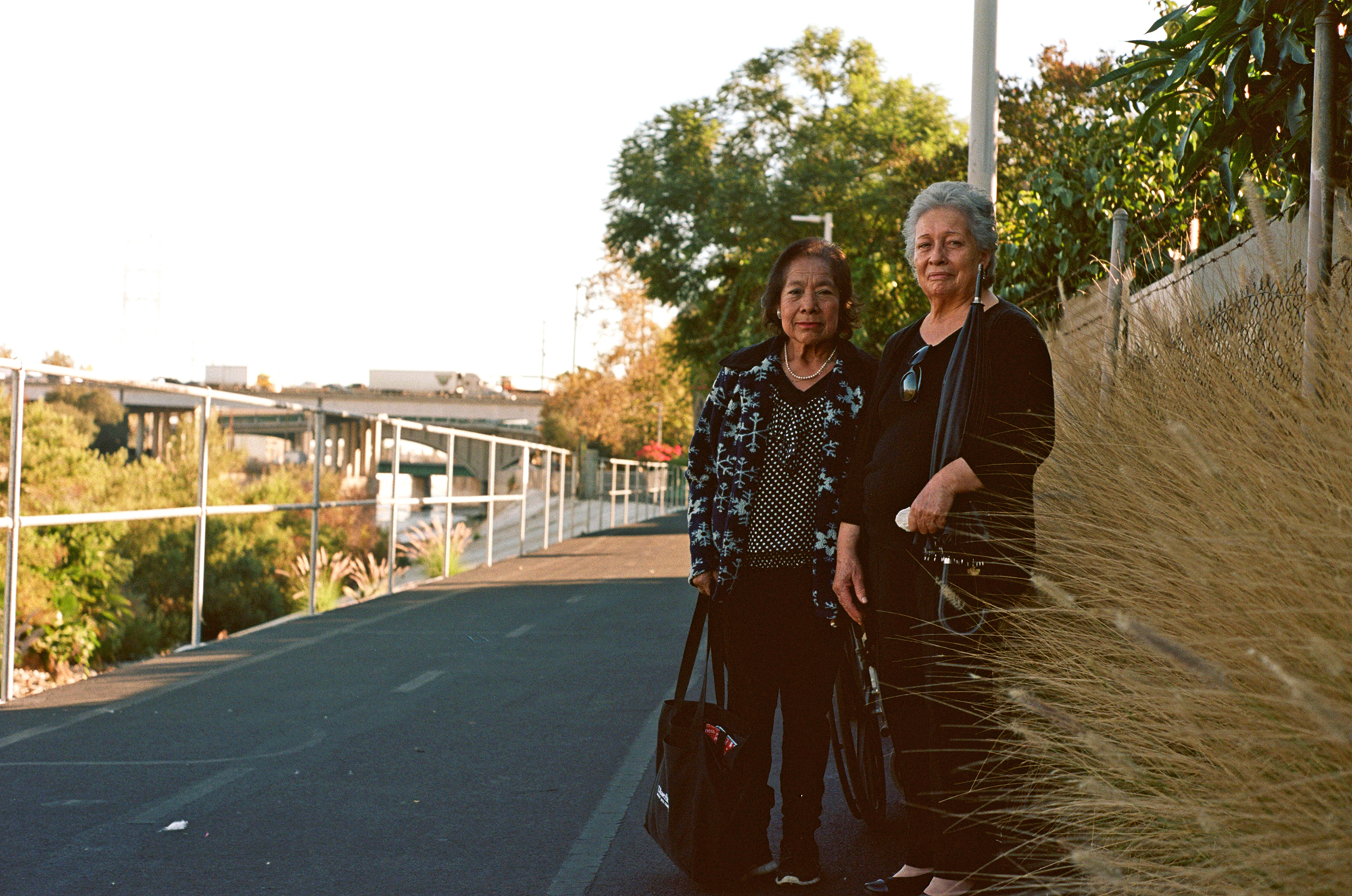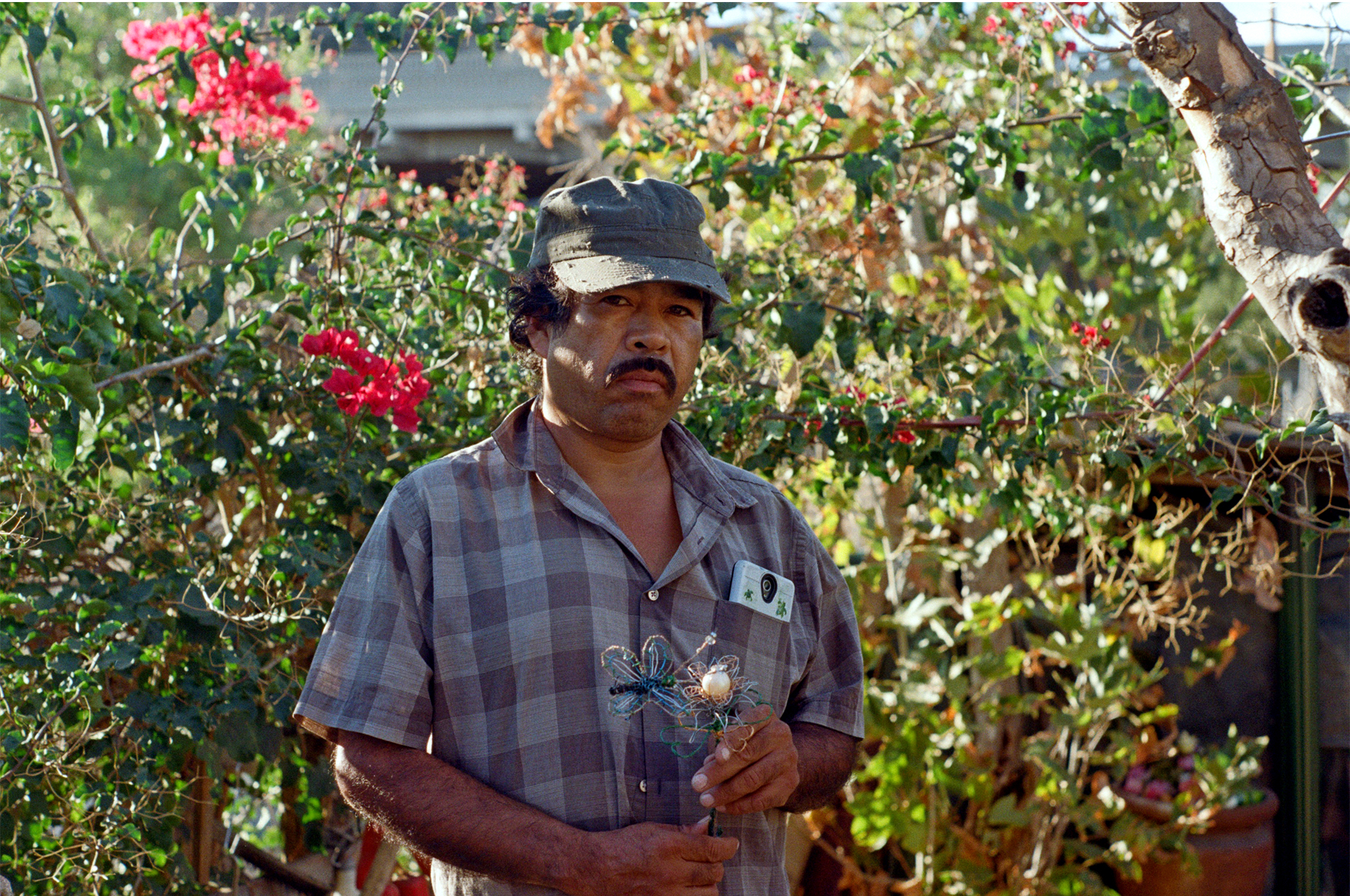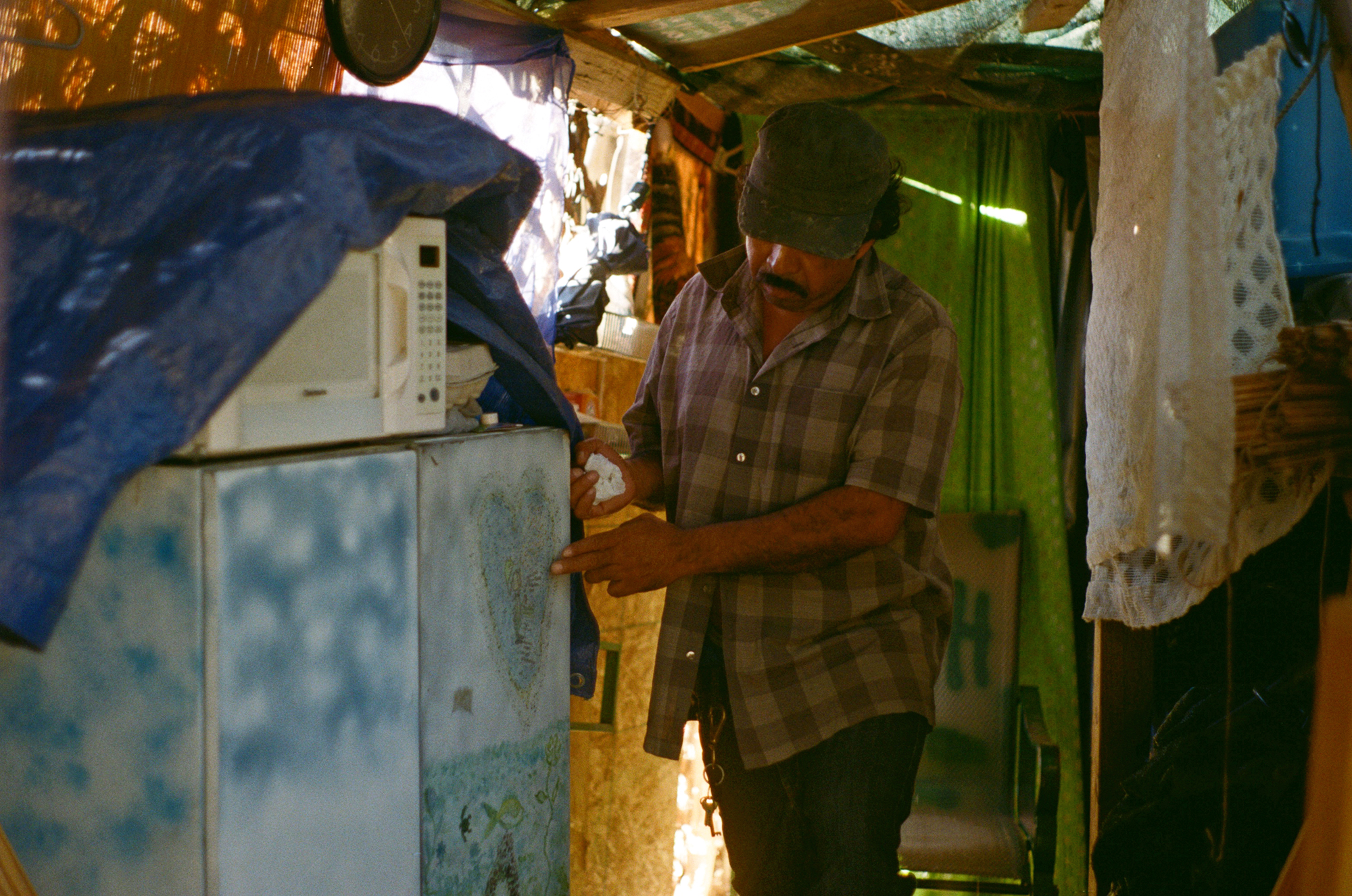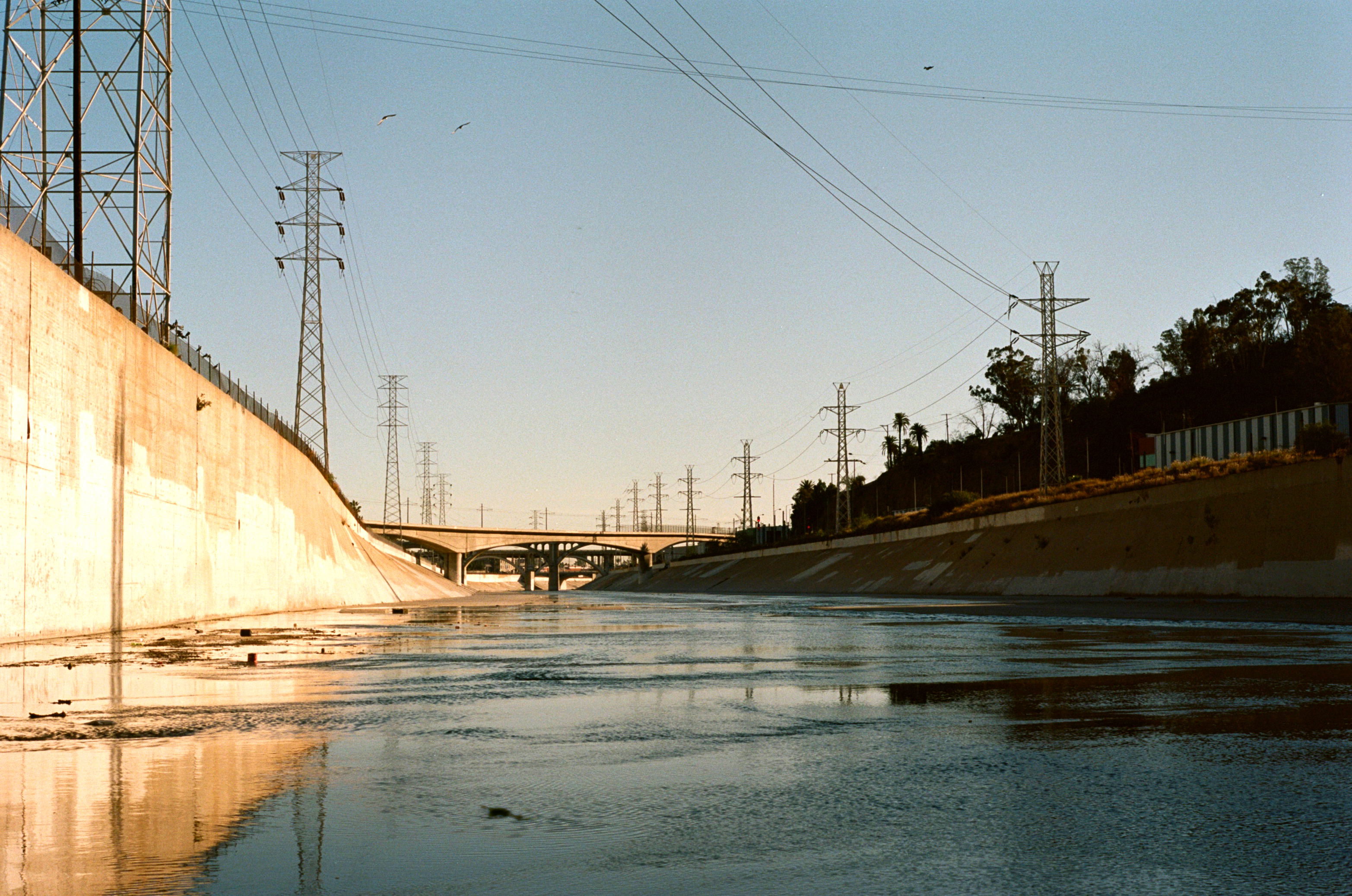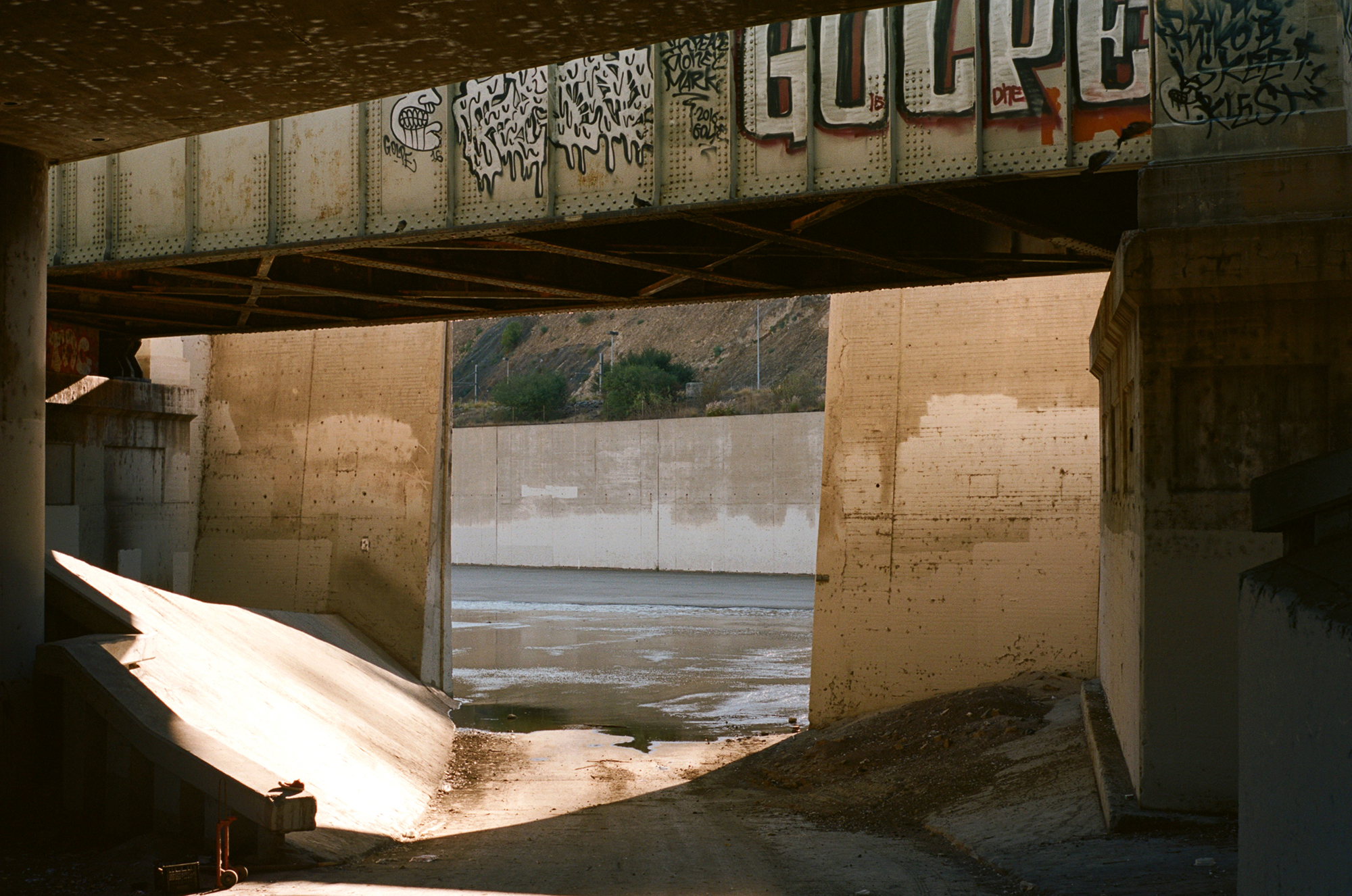The L.A. River represents many things: humans subjugating nature for selfish interests; the forgotten lifeblood of Los Angeles; a metaphor for a city that was never supposed to exist.
Many people forget that Los Angeles even has a river, ever since it was paved over to control flooding in 1938. If it’s remembered at all, it’s as a “water freeway,” more of a civic eyesore than a valuable ecological and cultural resource.
But there’s beauty in the river — the way its brutalist structure creates harsh edges and shadows, the way nature manages to thrive in the soft bottom areas, too wild to be tamed by cement. Most importantly, there have always been people who use and inhabit this space, from the Tongva who built their civilization around the bountiful waterway to Los Angeles residents who used the river as their main source of water for decades. That is, until they found water elsewhere and the river’s unpredictable boundaries became a threat to the city’s growth.
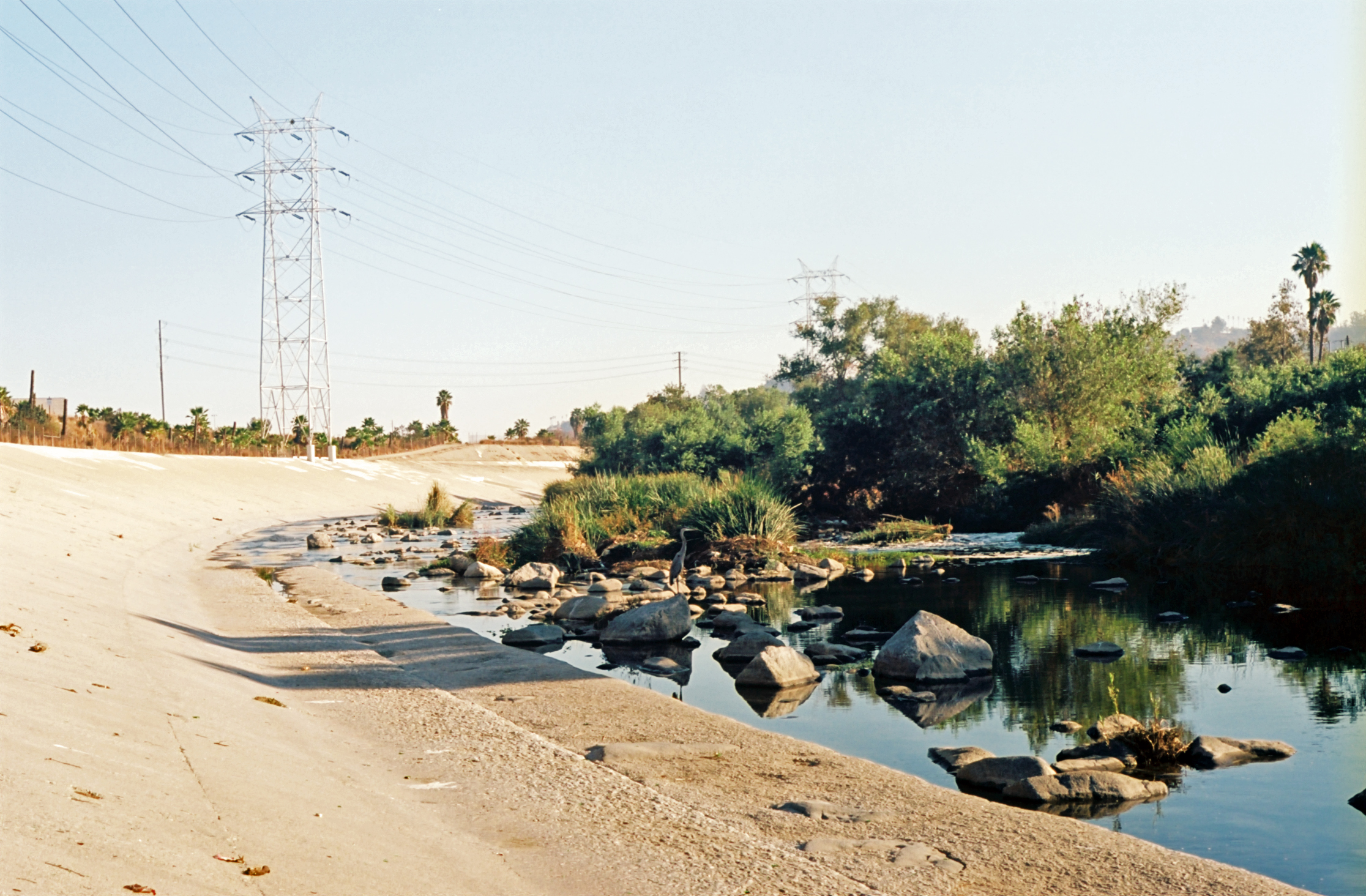
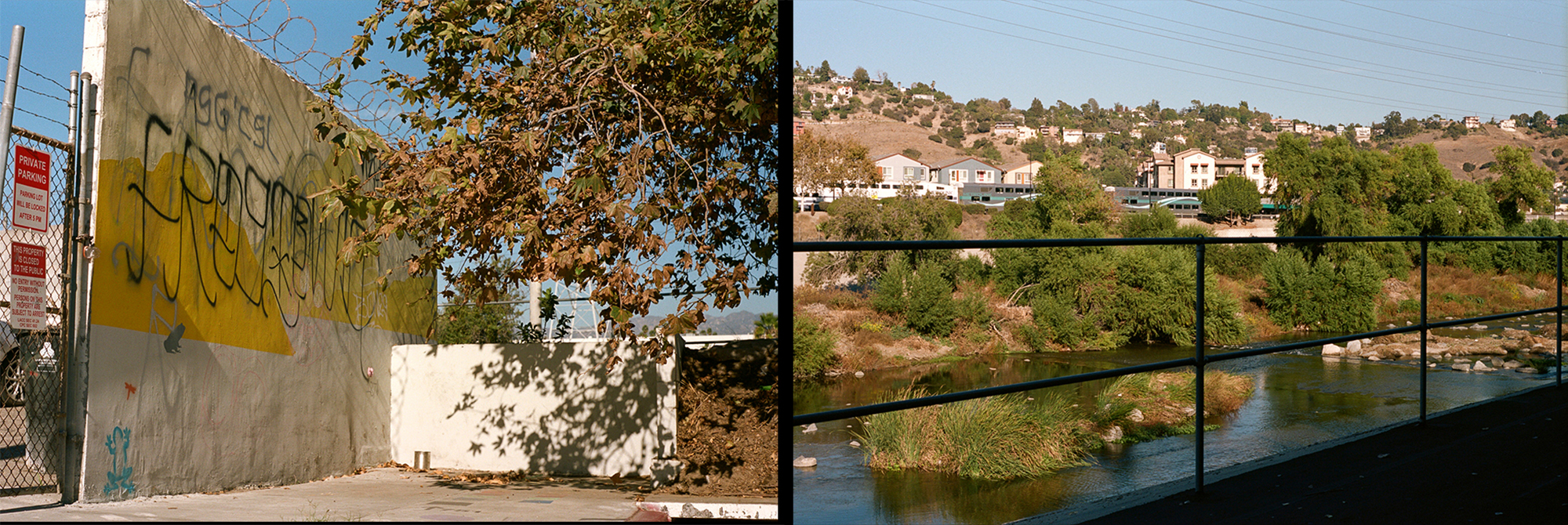
After it was turned into a flood control channel, manufacturing flourished near the river, and the working-class found job opportunities and affordable places to live. Today, the 51-mile watercourse – which stretches from the San Fernando Valley down to the Port of Long Beach — remains home to mostly working-class people of color, along with a rising homeless population.
But revitalization and restoration efforts are well underway, with a billion-dollar budget and famed architect Frank Gehry attached. The majority of the project focuses on an 11-mile segment that runs north out of Downtown to Frogtown, a small but significant portion of the river that’s home to a Latino community currently facing rapid gentrification as coffee shops, art studios and mixed-use developments open along the river banks.
The stories of the very people who called it home long before the investments arrived are often erased during these changes. There’s the 70-year-old woman who’s lived in Frogtown since the 1960s; the Lincoln Heights man who rides his decked-out bike along the path every chance he gets; the immigrant who created an artistic encampment at the river’s intersection with Arroyo Seco. As the city takes notice, who will claim ownership to the river? Who will benefit from its restoration? And will its existing culture remain?
The following photos were taken with 35mm film along a stretch of the L.A. River between Frogtown and Lincoln Heights in late 2018.

